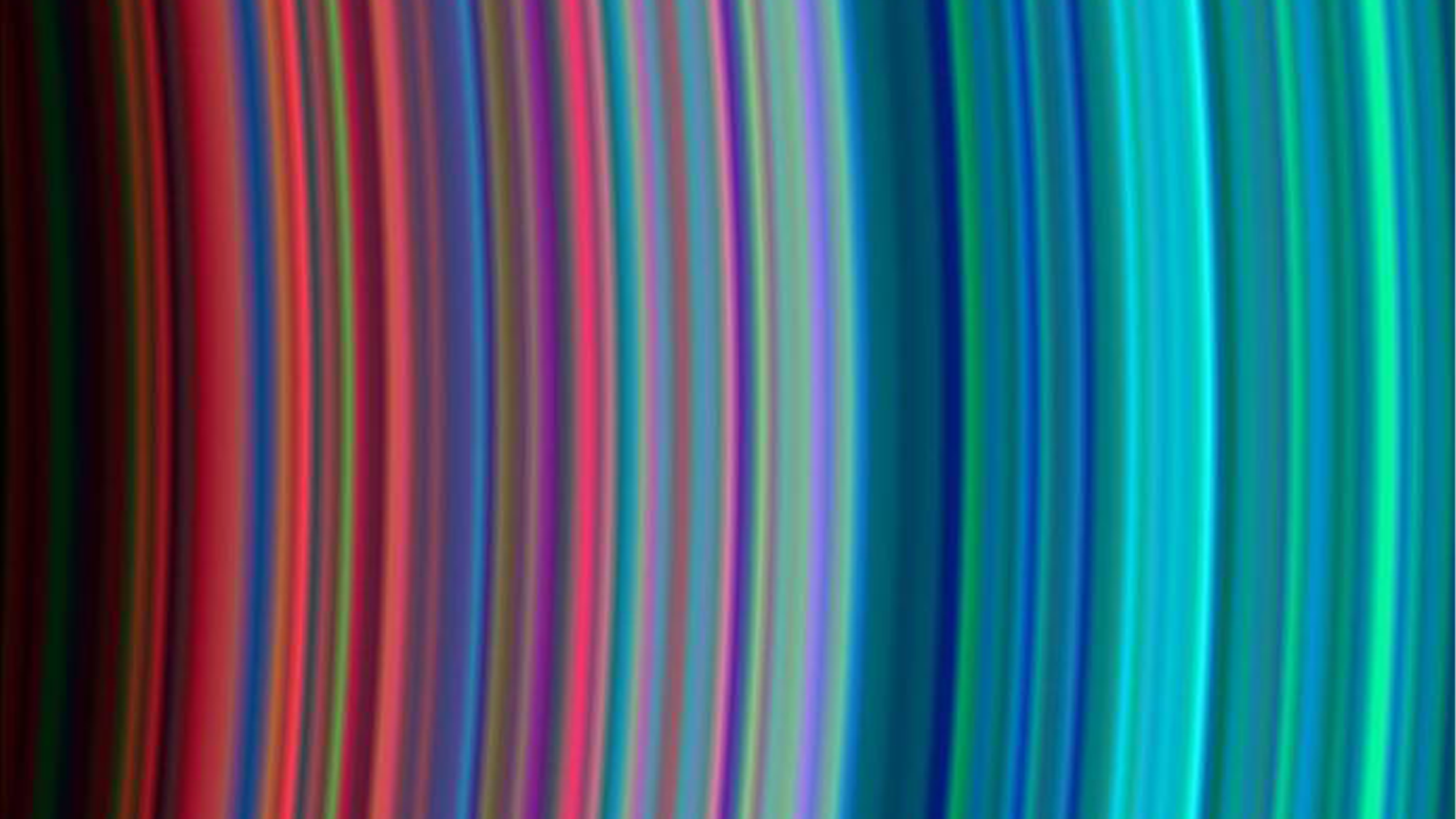

It turns out that Saturn’s signature rings are a relatively new accessory. A study published May 12 in the journal Science Advances found that the planet’s colorful rings are no more than 400 million years old, while Saturn itself is about 4.5 billion years old.
[Related: Hubble telescope spies Saturn’s rings in ‘spoke season.’]
Saturn’s rings have captivated astronomers for over four centuries. In 1610, famed Italian astronomer Galileo Galilei first observed the rings using a telescope, but he did not know what they were. By the 19th century, a Scottish scientist named James Clerk Maxwell concluded that the rings couldn’t be solid, but were actually made up of many individual pieces.
Throughout the 20th century, it was assumed that the rings came about at the same time as Saturn. This raised some questions, particularly why the rings were sparkling clean. To figure out why, the team on this study looked closely at an object that annoys allergy sufferers and neatniks alike–dust. Tiny grains of rocky material constantly wash through the solar system and this flux of material can leave behind a thin layer of dust on planetary bodies– including Saturn’s icy rings. Like running your finger along the dusty surface of an old house, the team used these dust layers to see how quickly the layer builds on Saturn’s rings.
“Think about the rings like the carpet in your house,” study co-author and physicist at the University of Colorado Boulder Sascha Kempfsaid Kempf said in a statement. “If you have a clean carpet laid out, you just have to wait. Dust will settle on your carpet. The same is true for the rings.”
From 2004 to 2017, the team used an instrument aboard NASA’s late Cassini spacecraft called the Cosmic Dust Analyzer. The bucket-shaped Cosmic Dust Analyzer scooped up small particles as they whizzed by.
The team collected 163 grains over 13 years that had all originated from beyond Saturn’s close neighborhood. Using the grains, they calculated that Saturn’s rings have likely been gathering dust in space for only a few hundred million years–making them relatively new in space terms.
[Related: NASA hopes its snake robot can search for alien life on Saturn’s moon Enceladus.]
“We know approximately how old the rings are, but it doesn’t solve any of our other problems,” Kempf said. “We still don’t know how these rings formed in the first place.”
The team estimated that this interplanetary grime would add far less than a single gram of dust to each square foot on Saturn’s rings every year. This is not a lot of dust, but would still add up over millions of years.
Scientists now know that the seven rings are made of countless ice chunks, most of which are about the size of a boulder. The ice of the rings weighs about half as much as Saturn’s moon Mimas and stretches close to 175,000 miles from the planet’s surface.
Future studies into the space dust could reveal more about planetary age, thanks to a more sophisticated dust analyzer that will be aboard NASA’s upcoming Europa Clipper mission. This mission is scheduled to launch in October 2024 and will explore Jupiter’s moon Europa and if this icy moon could harbor conditions suitable for life.